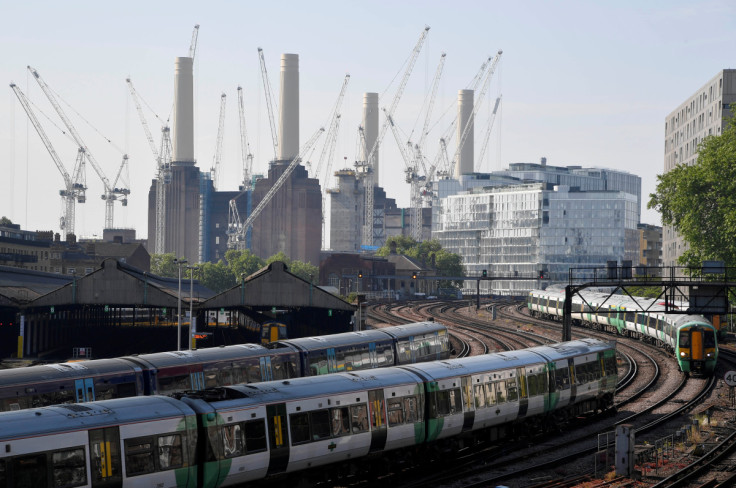What Caused Major London Power Failure? Chaos Hits Underground In City-Wide Disruption
The power failure, lasting just minutes according to TfL, triggered a cascade of disruptions on 12 May 2025.

A massive power outage struck south-west London on 12 May 2025, plunging the London Underground into chaos and suspending multiple lines across the capital.
The outage, triggered by a National Grid fault, halted services on the Bakerloo, Waterloo & City, Weaver, Suffragette, and Mildmay routes, leaving thousands of commuters stranded at bustling stations like Paddington, Liverpool Street, and Victoria.
Transport for London (TfL) is urgently working to restore normal operations, but the disruption, which crippled rush-hour travel on 12 May 2025, has intensified concerns about the ageing transport infrastructure's resilience and vulnerability to unexpected failures.
Widespread Disruption Across the Network
The power failure, lasting just minutes according to TfL, triggered a cascade of disruptions on 12 May 2025.
'There was a power outage in south-west London for a matter of minutes and everything shut down,' a TfL spokesperson told BBC News, attributing the issue to a National Grid fault. The Bakerloo, Waterloo & City, Weaver, Suffragette, and Mildmay lines were fully suspended, while the District, Circle, and Hammersmith & City lines faced severe delays.
Overground services and parts of the Elizabeth line were also affected, with stations like Paddington and Liverpool Street evacuated amid the chaos.
Commuters took to X to voice their frustration, on 12 May 2025 describing scenes of packed platforms and cancelled trains. TfL's website reported ongoing issues into the evening, advising passengers to seek alternative routes.
The timing, coinciding with rush hour, exacerbated the impact, stranding workers and tourists alike.
National Grid and TfL Response
The National Grid identified a fault in its south-west London infrastructure but offered limited details, pending a full investigation.
TfL deployed engineers to address the issue, with partial services resuming by 13 May 2025, though delays persisted. TfL advised commuters to check travel updates, warning of further disruptions through 14 May 2025.
The outage exposed vulnerabilities in the Underground's power supply, with TfL's reliance on external grids under scrutiny, per London Evening Standard.
Public sentiment on X, on 12 May 2025, highlighted concerns about infrastructure reliability, though TfL clarified the issue was not linked to capacity shortages.
The rapid response mitigated some impacts, but full restoration remains ongoing, challenging TfL's operational capacity.
Long-Term Implications for London's Transport
The outage underscores the fragility of London's ageing transport network, which supports over 4 million daily Underground journeys across its sprawling lines.
The Bakerloo line, operating with outdated 1970s-era trains, faces modernisation delays until 2030, undermining service reliability and exposing systemic weaknesses.
Transport for London (TfL) struggles with funding constraints, as fares of £2.80 ($3.69) for a Zone 1 trip fail to cover the soaring costs of infrastructure upgrades, despite relentless passenger demand.
The incident on 12 May 2025, following unrelated security concerns in London, has amplified public unease, with commuters wary of further disruptions. TfL continues to urge vigilance, directing passengers to monitor travel updates amid ongoing delays.
The outage, which crippled rush-hour travel, serves as a stark reminder of the capital's critical dependence on a robust, yet vulnerable, power grid, intensifying demands for urgent systemic upgrades to prevent recurring chaos and ensure a resilient transport future.
London must prioritise investment to safeguard its Underground against future failures.
© Copyright IBTimes 2025. All rights reserved.




















